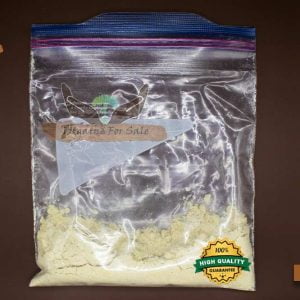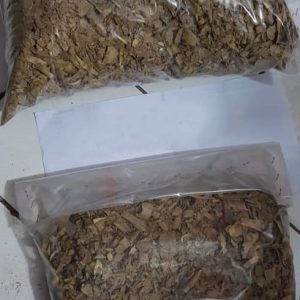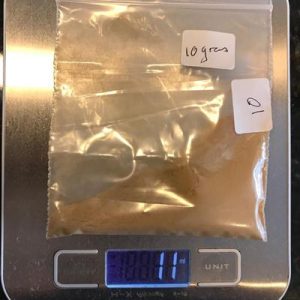The role of Iboga alkaloids in addiction treatment and pain management touches on biology, ethnobotany, and even ritual healing practices. Here’s a quick breakdown to distill what you’ve shared:
🌿 Source and Extraction:
- Plant Origin: Tabernanthe iboga, a shrub native to West Africa.
- Extraction: Ibogaine HCL is chemically isolated from the second layer of the iboga root bark.
- Total Alkaloid (TA) form: Contains a spectrum of alkaloids—65% is Ibogaine, and the rest includes compounds like Ibogamine, Ibogaline, and Tabernanthine.
💊 Medicinal Applications
- Ibogaine HCL:
- Used to treat addiction by reducing withdrawal symptoms and flushing toxins (e.g., opiates) from the body.
- Provides a powerful “reset” mechanism for the brain’s neurochemistry.
- TA (Total Alkaloid):
- Offers a more holistic therapeutic profile due to the presence of other healing alkaloids.
- Indole alkaloids like Tabernanthine have analgesic properties, showing promise as alternatives to opioid painkillers without the respiratory depression or addictive risk.
- 🔮 Cultural Context
- The Bwiti Ceremony: An indigenous ritual in Gabon honoring the iboga plant’s spiritual significance.
- Ethical harvesting practices: The shrubs aren’t harmed during extraction, highlighting a sustainable and respectful approach.
🧠 Why TA Over Pure Ibogaine?
- The synergy among multiple alkaloids may enhance healing outcomes.
- Similar to how whole-plant medicine sometimes outperforms isolated compounds, TA can provide more balanced effects.
If you’re considering expanding this into a guide or article—perhaps for a blog or awareness campaign—I’d love to help shape it into something educational and impactful. Want to build on this together?




